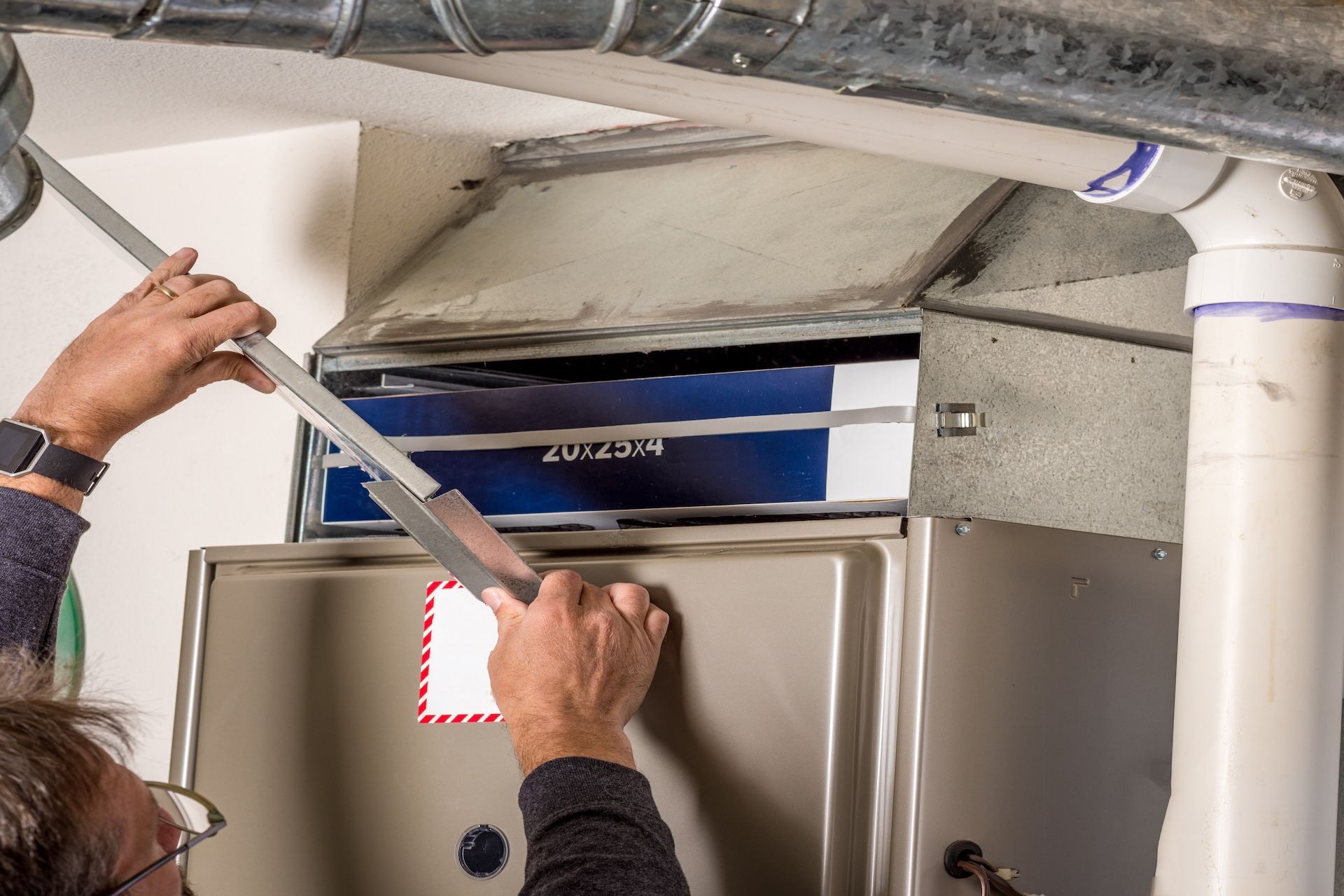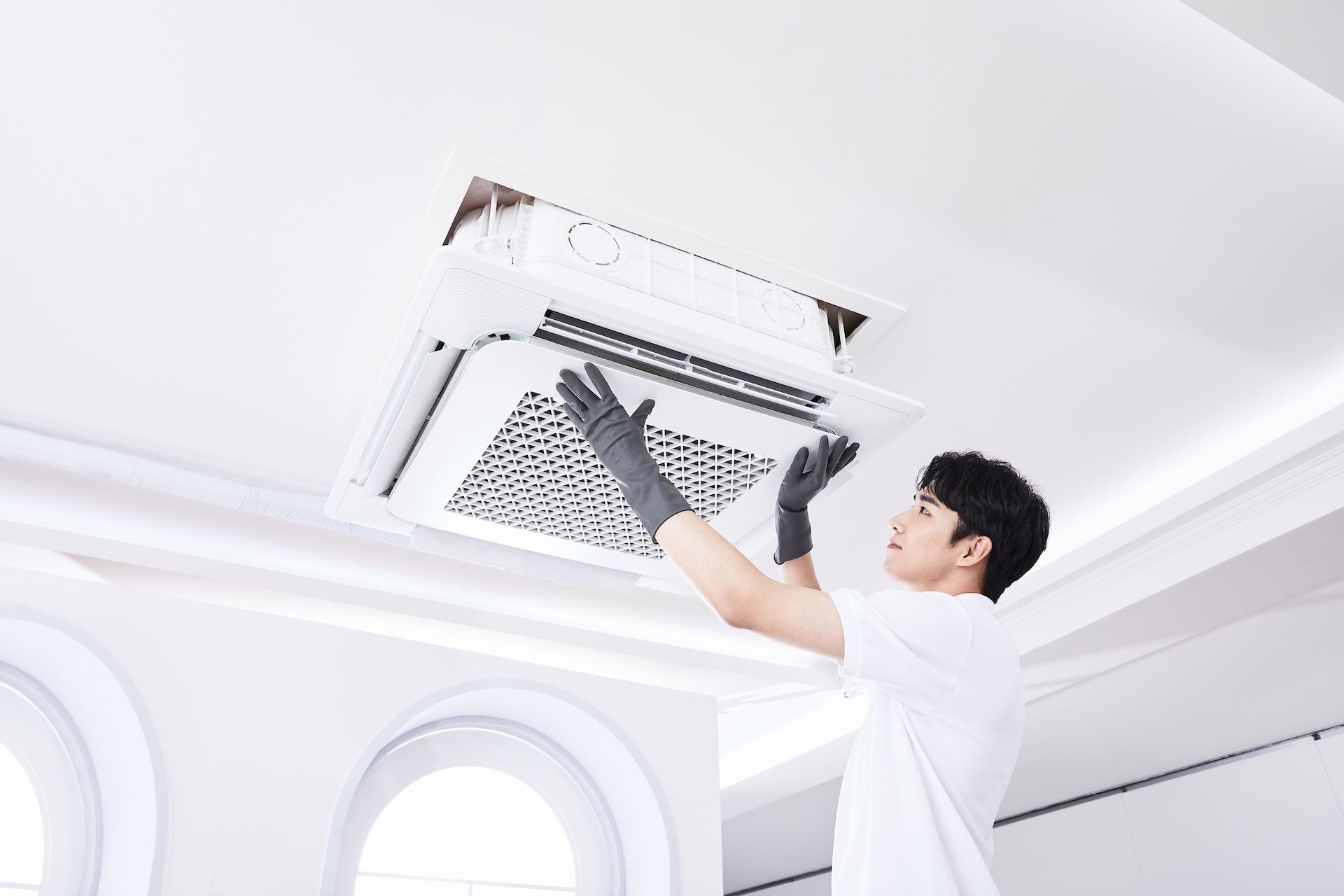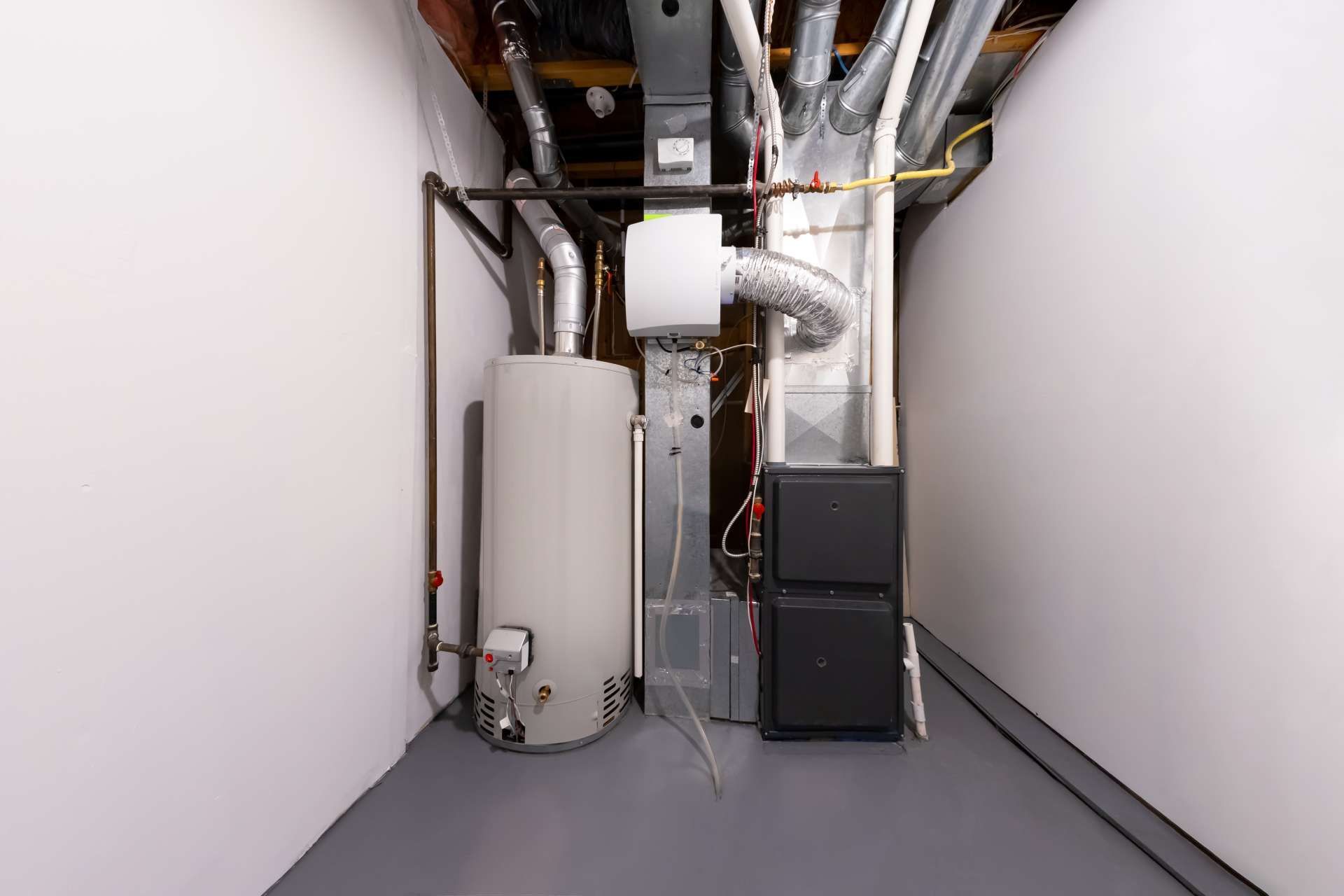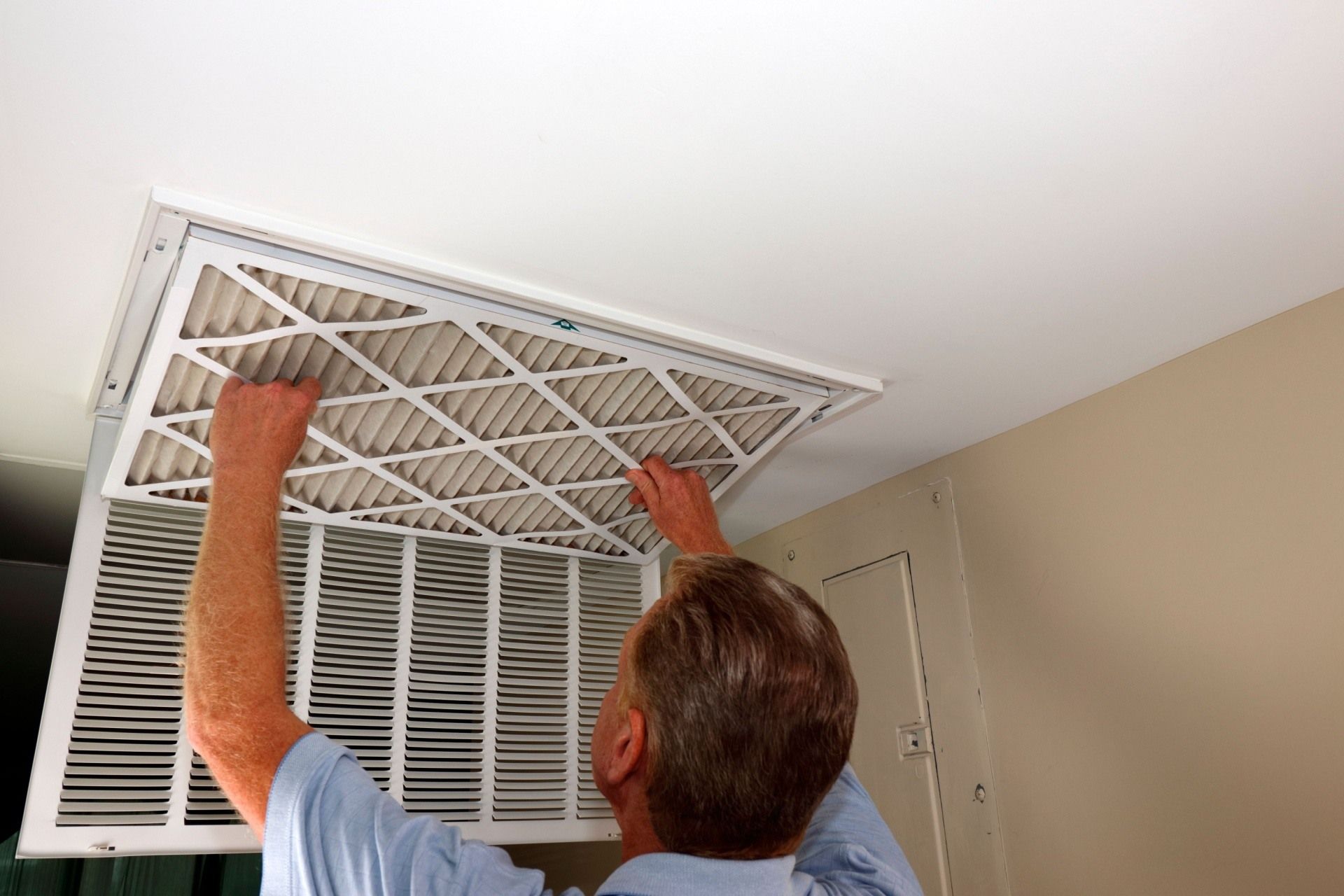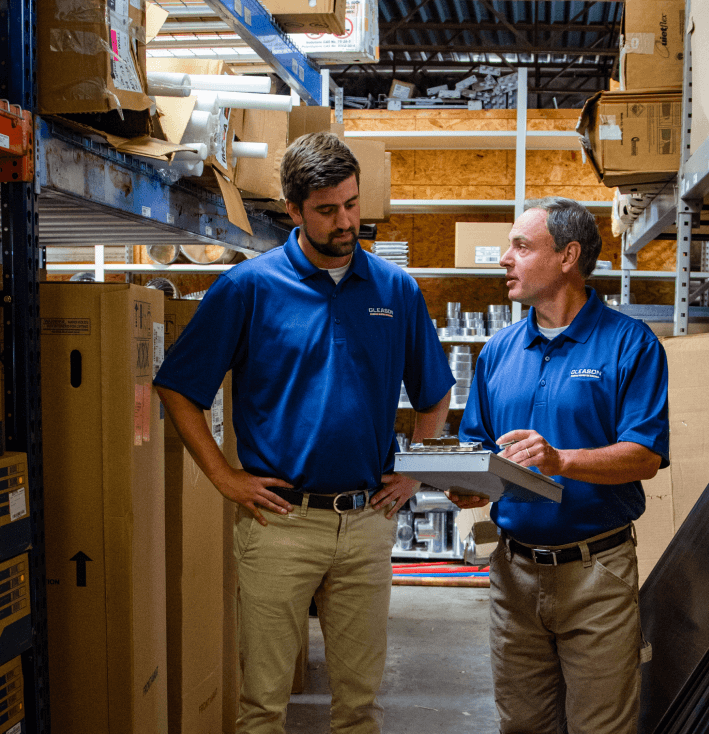Articles
HVAC Contractor Tips and Articles For Your Home
Top Signs Your HVAC Ductwork Is Leaking

Your HVAC system works hard to keep your home comfortable, but if your HVAC ductwork is leaking, you could be losing money, comfort, and air quality without even realizing it. Leaky ducts are one of the most common and overlooked issues in home heating and cooling systems. They make your HVAC system work harder, waste energy, and lead to uneven temperatures around your home.
In this guide, we’ll help you spot the top signs your HVAC ductwork is leaking, explain why it happens, and share how professional ductwork services can restore your system’s efficiency.
What Is HVAC Ductwork?
Your HVAC ductwork is a network of metal or flexible tubes that carry heated or cooled air from your furnace, heat pump, or air conditioner to every room in your home. Think of it like the “lungs” of your house moving air in and out to maintain a comfortable indoor climate.
When this ductwork is properly sealed, your HVAC system works efficiently. But when there are gaps, cracks, or loose connections, air escapes before it reaches your living spaces. That’s when problems start to appear.
Why Leaking HVAC Ducts Are a Big Deal
According to the U.S. Department of Energy, the average home loses 20–30% of conditioned air through leaks in its duct system. That means your HVAC system must run longer to reach the desired temperature, costing you more money every month.
Leaky ducts can also draw in dust, allergens, and even insulation particles from attics or crawl spaces, lowering your indoor air quality. Over time, this can impact both your comfort and health.
1. Higher Energy Bills
If your energy bills are rising but your usage habits haven’t changed, it could be a sign of a leaking HVAC duct.
When air leaks out of the ducts, your system must produce more conditioned air to make up for the loss. This added strain means higher utility costs especially during peak summer or winter months.
If you’ve noticed your bills creeping up for no clear reason, your ductwork may be to blame.
2. Uneven Temperatures Around Your Home
Do some rooms feel cooler or warmer than others? That’s a classic sign of leaking ducts.
Air escaping before it reaches certain vents means those rooms aren’t getting their fair share of airflow. For example, your living room might be perfectly comfortable, while your bedroom always feels stuffy or chilly.
If adjusting your thermostat doesn’t help, your HVAC ductwork may need professional inspection.
3. Weak or Inconsistent Airflow
Put your hand near the vents in different rooms. If the airflow feels weak in some areas but strong in others, your duct system may have leaks or blockages.
Even small leaks can cause noticeable drops in air pressure, preventing your HVAC system from distributing air evenly throughout your home.
An experienced technician can use specialized equipment to test for leaks and pinpoint the exact locations.
4. Excessive Dust or Poor Indoor Air Quality
Leaky ducts don’t just let air out, they also let unwanted particles in.
If you’re constantly dusting your furniture or noticing more allergy symptoms, your ducts might be pulling in dust and debris from attics, basements, or crawl spaces. This can also affect your HVAC system’s filters, making them clog faster and reducing efficiency.
Clean, sealed ducts are essential for maintaining healthy indoor air quality.
5. Strange Noises from Your Ducts
Hearing whistling, rattling, or banging sounds from your ducts? These noises often mean that air is escaping through gaps or loose connections.
A properly sealed system should operate quietly. Whistling noises can indicate air rushing through cracks, while rattling sounds may suggest a disconnected duct section.
Ignoring these sounds can lead to more significant air loss and potential damage to your system over time.
6. Unusual Smells or Musty Odors
If your home smells musty when the HVAC turns on, you may have duct leaks pulling in damp air or odors from crawl spaces or basements.
These leaks can create the perfect environment for mold and mildew growth inside your ductwork, especially in humid climates.
If you smell something unusual, have your ducts inspected immediately it’s not just unpleasant; it could be affecting your health.
7. Visible Damage or Loose Duct Connections
Sometimes, the signs are right in front of you. Check your exposed ducts (usually in the attic, basement, or crawl space) for visible holes, loose joints, or disconnected sections.
You might also notice old, dried-out tape or sealant peeling away. These are clear indicators that your ductwork needs repair or resealing.
8. Your Home Feels More Humid or Dusty
Leaky ducts can disrupt your home’s humidity balance. When air escapes, your HVAC system can’t properly dehumidify or filter the air. The result? A sticky, uncomfortable indoor environment.
This can be especially noticeable during summer when the AC runs more often. Fixing leaks can restore your system’s ability to maintain consistent humidity and comfort levels.
How Professionals Detect and Repair Leaking HVAC Ducts
Fixing a leaking HVAC duct isn’t a DIY job. HVAC professionals use advanced tools like duct blasters, smoke pencils, and thermal cameras to detect leaks accurately.
Here’s how the process usually works:
- Inspection: Technicians visually inspect your ductwork for obvious gaps or disconnections.
- Testing: They perform pressure tests to locate hidden leaks and measure overall duct efficiency.
- Sealing: Using mastic sealant or metal-backed tape, they close off all leaks to ensure airtight connections.
- Verification: After sealing, the ducts are retested to confirm that the leaks have been successfully repaired.
Professional ductwork services not only fix the leaks but also improve your HVAC system’s efficiency, lower your energy bills, and enhance indoor air quality.
Benefits of Sealing Leaky Ductwork
Repairing and sealing your ducts can make a noticeable difference right away. Benefits include:
- Lower Energy Bills: Your HVAC system won’t waste energy compensating for air loss.
- Better Comfort: Consistent temperatures throughout your home.
- Cleaner Air: Reduced dust, allergens, and pollutants.
- Longer Equipment Life: Less strain on your heating and cooling system.
- Eco-Friendly: Lower energy use reduces your home’s carbon footprint.
How to Prevent Future Duct Leaks
Once your ducts are sealed, you can take steps to prevent future leaks:
- Schedule
annual HVAC inspections to catch small issues early.
- Replace air filters regularly to prevent airflow blockages.
- Avoid storing heavy items on duct runs in the attic or basement.
- Insulate ducts in unconditioned spaces to prevent condensation and damage.
Regular maintenance from a trusted HVAC provider like Gleason Heating & Air Conditioning keeps your system performing at its best.
Keep Your Comfort and Efficiency on Track
If you suspect a leaking HVAC duct, don’t wait until your energy bills rise even higher. Contact Gleason Heating & Air Conditioning today for expert ductwork services and professional HVAC inspections to keep your system running efficiently year-round.
FAQs About Leaking HVAC Ducts
How do I know for sure if my ducts are leaking?
A professional duct test is the most accurate way to confirm leaks. Technicians use pressure testing and smoke tools to locate leaks you can’t see.
Can I seal duct leaks myself?
Small leaks can sometimes be sealed with mastic or aluminum foil tape, but professional sealing ensures complete coverage and long-lasting results.
How much does duct sealing cost?
The cost varies depending on your home’s size and duct condition. However, the energy savings typically offset the repair cost over time.
How often should ductwork be inspected?
Experts recommend checking your ductwork every 2–3 years or whenever you notice comfort or efficiency issues.
Does duct sealing really improve air quality?
Yes. Sealed ducts prevent dust, insulation particles, and pollutants from entering your home’s air supply.
Disclaimer: The information on this website and blog is for general informational purposes only and is not professional advice. We make no guarantees of accuracy or completeness. We disclaim all liability for errors, omissions, or reliance on this content. Always consult a qualified professional for specific guidance.

